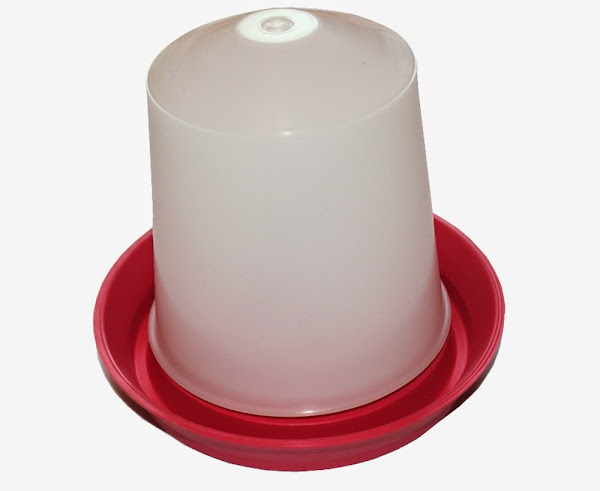Learning about feeding and watering turkeys properly can help a lot for preventing different problems as well as save you money on feed and water.
The system of feeding and watering turkeys have similarity to chickens. Your previous experience of raising chickens or ducks will help a lot.
Feeding and Watering Turkeys
Although there are many different choices of types of waterers and feeders, and different ones may be appropriate for specific situations. You have to emphasis on feeding quality feeds and clean water for keeping them healthy and productive.
Types of Turkey Feed
You can use poultry feeds for feeding your turkeys. But turkeys require more protein than chickens. Feed of poults should contain at least 28 percent protein and adult bird’s feeds should contain at least 20 percent protein.
Use gamebird starter or chick starter feed for turkey poults for the first six weeks. Then switch to a grower feed after six weeks. Usually turkeys reach marketing size within their six months of age.
On an average, a tom will need approximately 100 pounds of feed and a hen will need about 60 pounds of feed for reaching marketing size (in six months).
Feeding and Watering Poults
Give special attention to your birds from when they are poults. Ensure you have feeders and waterers set up and filled before bringing poults to your farm.
When the poults first arrive, you can dip their beaks in the water and make sure they start eating soon after settling in. One gallon chick waterer will be best for watering the baby poults.

Don’t use buckets, open dishes or pans of water. Because the baby poults may fall in, get chilled and die or even drown.
You can use red plastic chick feeders which have oval shaped openings through which the poults can reach the feed. You can also use the bottom half of an egg carton as a first feeder for poults.
You can use a wooden or metal feeder after a few days. Hanging feeders tend to conserve feed. Just ensure that the bottom of the poults feeder is within comfortable reach of the poults beaks.
Don’t use pails of feed. Because besides spilling it, the baby poults can all climb in on top of each other and this can cause hurting themselves.
Feeding and Watering Adult Turkeys
Switch to a metal waterer (five gallon will work fine) or a nipple watering system when the poults grow. As turkeys are larger in size and strong, so ensure that the waterer is sturdy and rugged.
Larger feeder that can hold about 50 pound feed is ideal for adult turkeys. Hanging feeder is good. Some people also use range feeder that is a trough style. In either case, ensure that the edge of the feeder is at the level of the turkeys’ backs so that they can reach the feed easily, but don’t waste too much on the floor.
Keep some coarse sand or fine gravel if you let your turkeys to access pasture. They use the grit for digesting their food. Most likely they can find this right on the ground mixed with the soil.
On an average, adult turkeys will eat as much as fifty percent of their intake from pasture or range. Range is grass that is four to six inches long. Turkeys like to eat the growing tips of the grass.
Accessing your birds to pasture will reduce the feeding costs. Along with regular feeds and pasture feeds, turkeys will also enjoy kitchen or garden scraps. Usually turkeys like tomatoes, sweet corn, summer squash, lettuce and so on.






